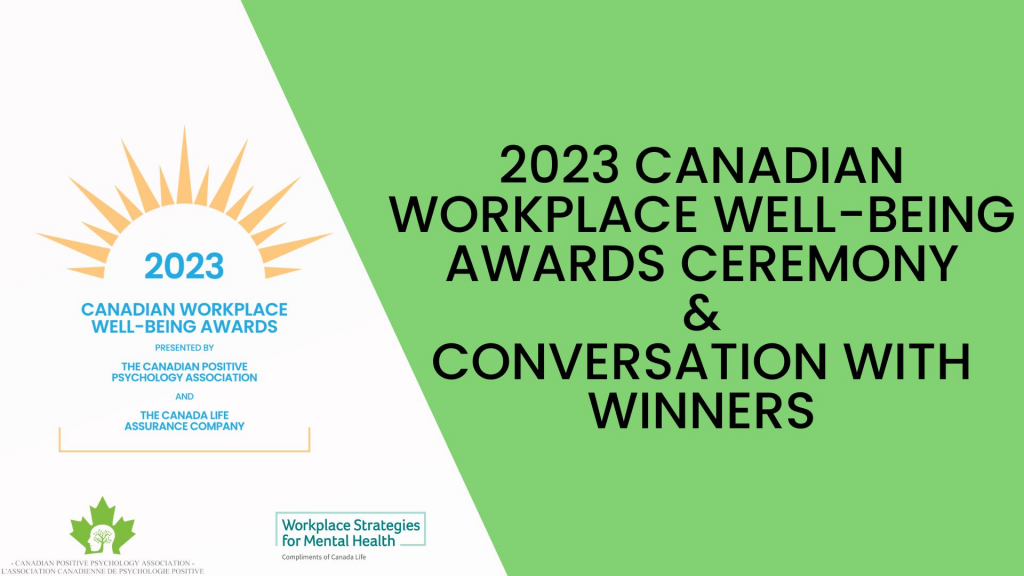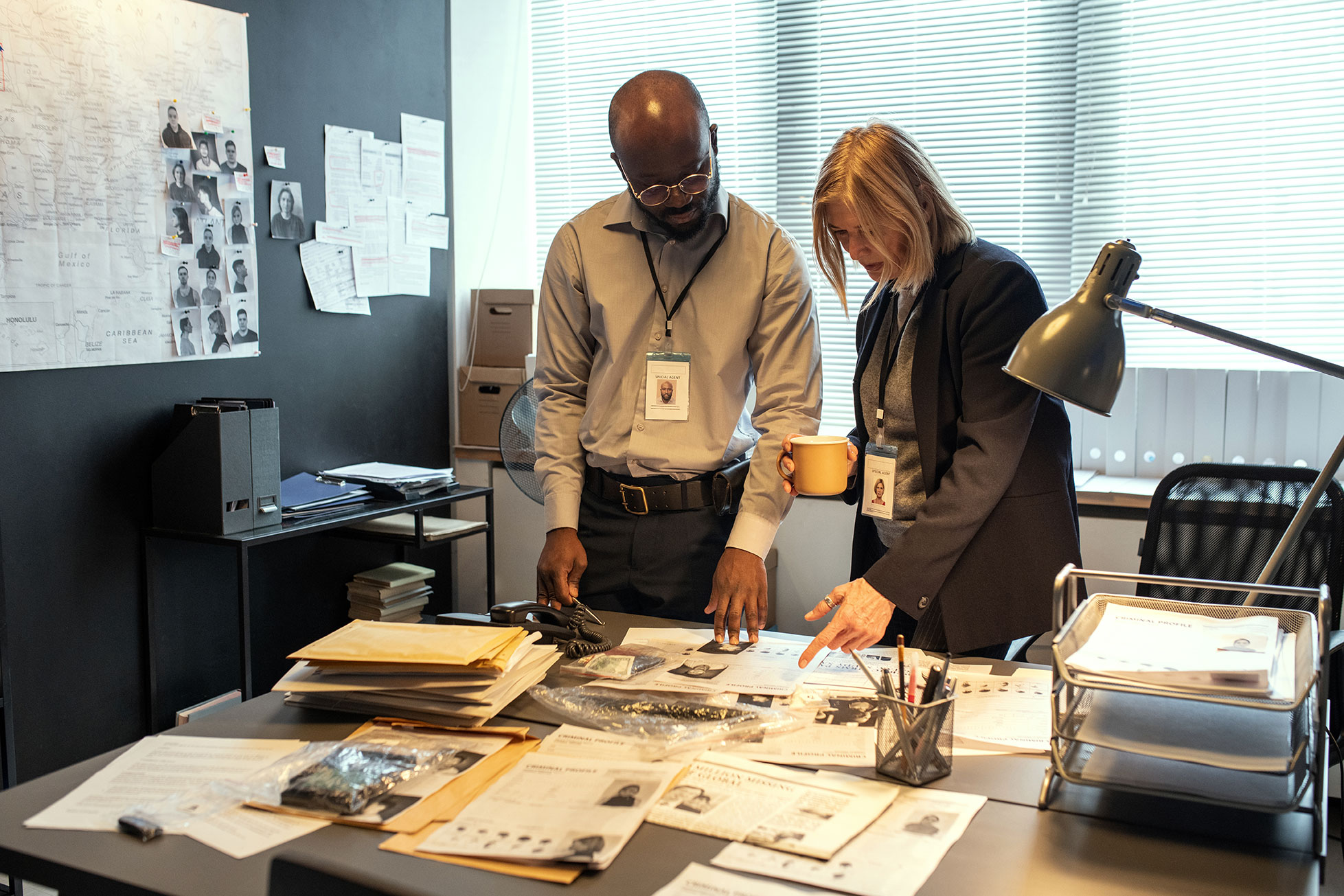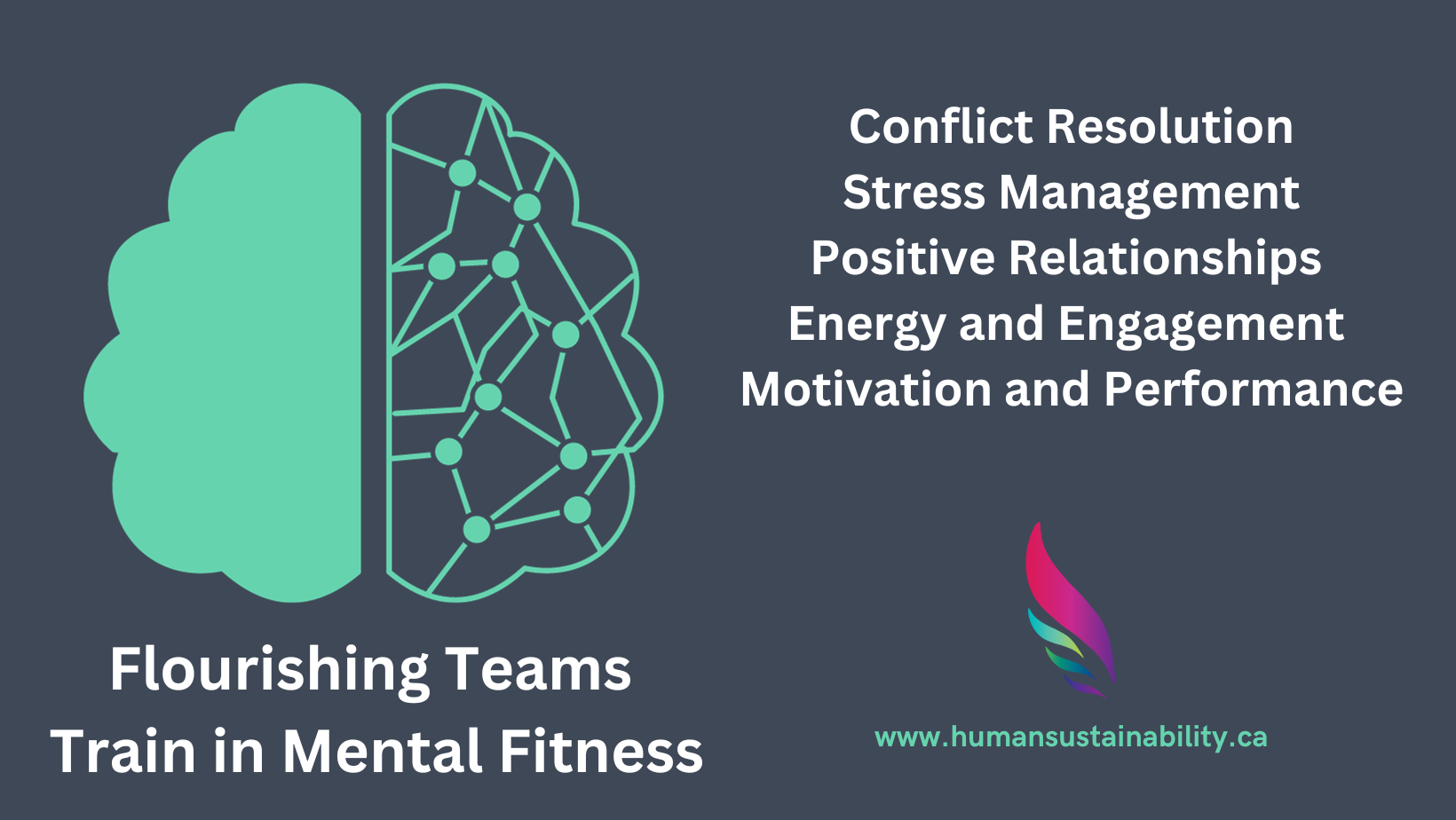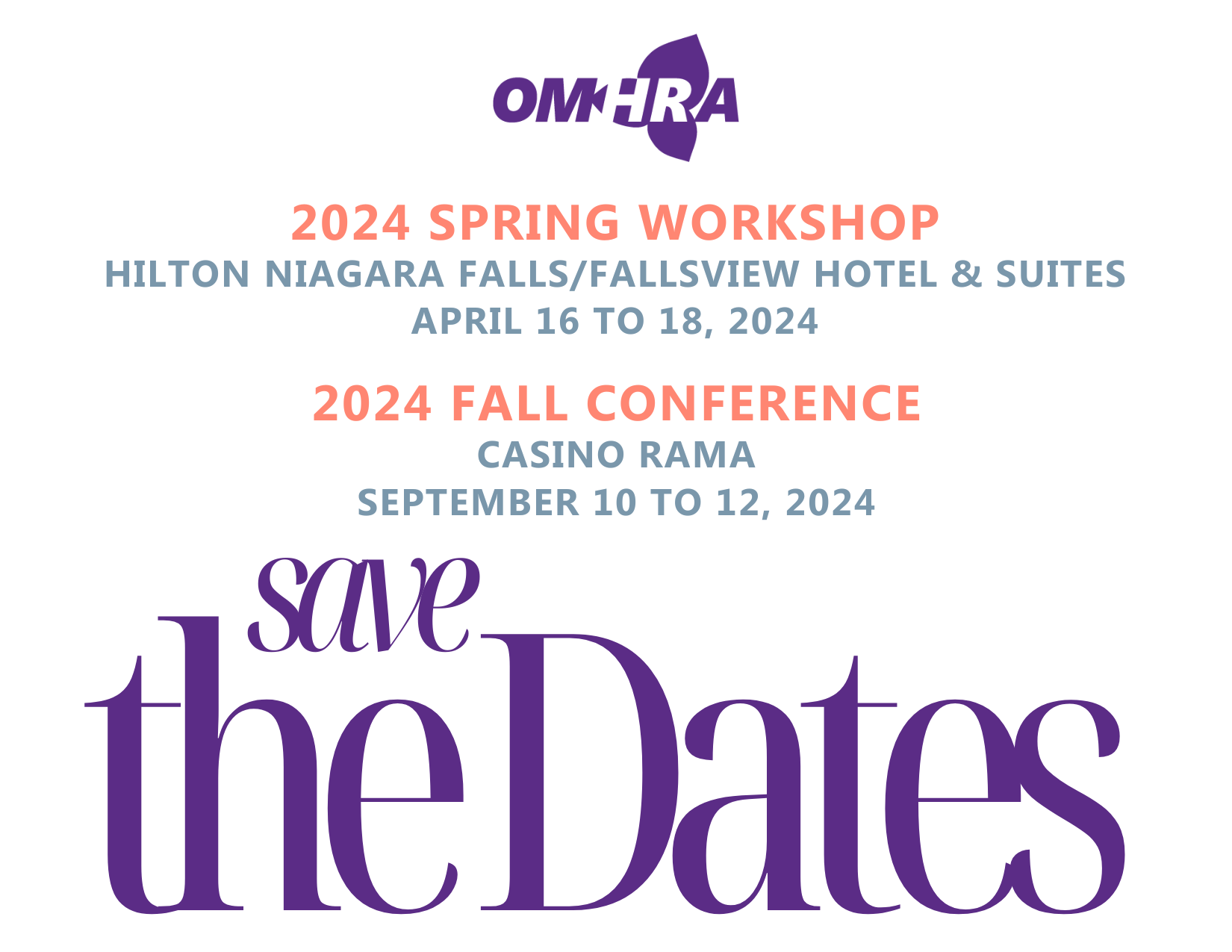
Issue #8 – OCTOBER 2023
HR Navigator is published the last Friday of each month

I suppose it’s fitting that we choose conflict resolution (and coaching) as our topic for October. After all, many of us find conflict and conflict resolution to be somewhat scary. Fear not! With Halloween season in full swing, this month’s blogs and newsletters have focused on providing “tricks” and “treats” to help prevent and resolve conflict in the workplace.
Some individuals are afraid of conflict resolution because they are not provided with the skills and tools to address conflicts that occur in the workplace. Conflict resolution is an essential skill and coaching is one of the key tools in the conflict resolution toolbox. Coaching allows us to build an individual’s awareness of their triggers, communication patterns and emotional responses to conflicts. Perhaps the individual’s communication skills or style need to be adjusted and they are not aware of how they are being perceived when speaking. With mentoring or coaching, an employee could learn emotional regulation by being advised where they are creating conflict and how to change their behaviour. By developing greater self-awareness and conflict resolution skills, coaching has the potential to produce more harmonious relationships and healthier work environments, and that’s something we can all get behind!
If you are interested in learning or improving other HR-related skills and adding new tools to your toolbox, I encourage you to take part in our Fall Webinar series. The series reflects our commitment to providing learning and professional development opportunities for our members. While the series kicked-off on October 17th we have sessions that run through until December. You can still sign-up for the upcoming webinars here. Don’t miss this important learning opportunity!
Speaking of learning opportunities — next month we will be conducting a comprehensive survey of our membership. Please take the time to complete the survey when you receive it. Your responses will help guide our future actions and shape our association’s services and offerings. We know your time is valuable, so as an extra incentive, everyone who completes the survey will be entered in a draw for an iPad. Thanks in advance for your input and participation.
Have a great autumn everyone!

Lori Bolton, President

2023 Canadian Workplace Well-Being Awards Ceremony & Conversation with Winners – Nov. 21
Our 2023 partner, the Canadian Positive Psychology Association are on a mission to create a more psychologically healthy Canadian society.
One of the ways they’re doing this is through the Canadian Workplace Well-Being Awards (CWWA), which is now in its third year.
On November 21, 2023, the winners of CWWA will be announced and celebrated in a virtual ceremony from 1:00 – 2:30 p.m. EST. Learn from the winning organizations about how their practices and initiatives create an impact on employee health and well-being and listen to significant conversations on supporting employee mental health and well-being.
Registration is open now to join the Canadian Workplace Well-Being Awards Ceremony & Conversation With Winners. You can register for free here.
CWWA celebrates positive psychology in action and recognizes the many champions of workplace well-being: organizations that have notable employee well-being initiatives that extend beyond fitness and nutrition. Changing workplace culture and improving employee well-being is a daunting task and not every organization knows where to begin.
Join us and help spread the word about the CWWA Ceremony & Conversation With Winners so we can recognize and celebrate outstanding achievements in workplace well-being practices in Canada.

Workplace Investigations:
Process Matters
When a conflict between colleagues in a municipal workplace appears to have risen to the level of workplace harassment, an investigation will most likely be warranted. Employers must be cautious, however, about the way in which they undertake such investigations. How an investigation is conducted – including who conducts the investigation – is important. Should the employer’s investigation and any resultant actions be reviewed by a court, arbitrator, employment standards officer, or human rights tribunal and be found to be deficient, a range of consequences may arise. In the unionized context, an insufficient investigation on which disciplinary action is based can result in the discipline being overturned and, in the case of a termination, the employee being reinstated.
The recent decision in Amalgamated Transit Union – Local 1587 (Juteram et al) v The Crown in Right of Ontario (Metrolinx), 2023 CanLII 72192 (ON GSB), serves as an example of the consequences of an investigation process gone wrong. In that case, five GO Transit bus drivers were found to have exchanged sexist comments in a private WhatsApp chat. Their comments employed graphic language to suggest that current and past female employees had obtained employment advantages in exchange for sexual favours, and used offensive language to refer unfavourably to a former member of management.
In April 2020, in the course of a separate investigation, a manager advised Human Resources that, in September 2019, a female employee had showed him a screenshot of a WhatsApp message that suggested she was “sleeping with her boss to get ahead.” Although the employee did not file a formal complaint and did not want the matter investigated, the employer tasked its Employee Labour Relations Manager with conducting an investigation under its Workplace Harassment and Discrimination Prevention Policy (the “Policy”). After the entire WhatsApp chat was disclosed and reviewed in the course of an investigation that ultimately concluded in December 2020, the employer concluded that the five employees involved had engaged in workplace harassment contrary to its Policy, and summarily terminated them. The employees grieved.
At arbitration, Arbitrator Luborsky overturned the terminations and reinstated the grievors with compensation for lost wages. In addition to finding that the employer did not have the right to access the grievors’ private WhatsApp chat, the arbitrator found that, “of no less significance” was the fact that the employer had failed to follow its own Policy, which undercut its ability to rely on that Policy in support of the grievors’ discipline.
The arbitrator highlighted several ways in which the employer had blatantly ignored its own procedures, rendering its investigation unfair and potentially biased:
- The employer ignored the Policy’s directive to promptly report and address harassment when its managers failed to report the first WhatsApp message they had become aware of back in September 2019. The resultant seven-month delay in commencing the investigation prejudiced the grievors’ ability to defend themselves, as their memories had, quite reasonably, lapsed during that time.
- The employer disregarded the Policy’s recommendation to meet with the respondent as soon as practical, and to endeavour to have the investigation report completed within three months of the date when the complaint was filed. While recognizing that the Policy built flexibility into its timelines, the arbitrator found that the 15-month lapse between the incident under investigation and the release of the investigation report was “grossly inconsistent” with a normal investigative process.
- Since the employee who originally reported the misconduct refused to participate, and since the employer then conducted its own internal investigation, the employer essentially named itself as both complainant and investigator, creating a conflict of interest that undermined the impartiality of the investigation and turned it into a “fishing expedition” against the grievors.
- In taking a zero-tolerance approach, the employer disregarded the Policy’s requirement that the employer consider all the circumstances to determine, in each case, the appropriate remedy for the act of harassment that occurred.
Conclusion
When an investigation is triggered under a workplace harassment policy, automatically tasking an internal human resources or labour relations professional with the investigation, without regard for or direction as to timelines and procedure, is an approach likely to land an employer in hot water. Due consideration must be given to whether the investigation is best conducted internally or by an external consultant, as well as how the employer can ensure the investigation is completed both thoroughly and promptly. When an apparent need for a workplace investigation arises, municipalities are encouraged to seek legal advice regarding their obligations and best practices.

Use Conversational Receptiveness to improve active listening for more effective conflict resolution
Conflict resolution requires many skills but perhaps the most important is active listening. The extent to which people in conflict feel heard and see that the other person is actively trying to understand their perspective is a strong indicator of the likelihood of resolution. Of course, the most important element of actively listening is to actually listen to the other person – and we can do this by remaining quiet while the other person is speaking. We can use body language to show that we are listening. Once you listen, you then need to engage in conversation in a manner that reflects your active listening.
While there are different ways to engage in active listening, many techniques can take years to master. One the most effective and easily learned techniques for active listening conversational receptiveness.
What is conversational receptiveness?
Conversational receptiveness is the use of specific language to communicate one’s willingness to thoughtfully engage with opposing views. It is a means of engaging in and demonstrating active listening so that others feel heard.
Conversational receptiveness is not about persuasion – it is listening and evaluating without having to agree on all points. It does, however, allow you to be more persuasive by making others want to engage (or continue to engage) in conversation. Acknowledging others does not mean agreeing with what they say or think, but it shows that we listened and understood that a different perspective was presented. Feeling heard powerfully de-escalates conflict and improves willingness of people to interact.
How can you show others you are listening?
Researcher Francesca Gino of Harvard Business School suggests using conversational receptiveness to improve your active listen and demonstrate that you are doing so. In a 2020 study , Gino and a group of researchers looked at specific language used by people in conflict and, using an algorithm, identified specific words and phrases that sound receptive to other people. The researchers wanted to see if people can improve the ways they communicate with others who hold different views – and whether it is possible to communicate receptiveness.
The study found that when people in conflict used conversational receptiveness, their counterparts found them to be more trustworthy, reasonable, and objective. The participants were more willing to interact with their counterparts, both during and following the conflict conversation. The study also found that people mimicked each other’s language such that the conversational receptiveness exhibited by one person affected the behaviour of their counterpart.
Researcher Julia Minson explains the 4 key elements of conversational receptiveness using the acronym HEAR :
|
H – hedge (soften) your claims when responding: |
E – emphasize areas of agreement: |
A – acknowledge other perspectives: |
R – reframe by using positive statements: |
|---|---|---|---|
|
“I think it is possible that…” “This might work if…” |
“I think we both agree that…” “I agree with…” “We are both concerned about…” |
“I understand that…” “I see your point” “I hear your concerns” |
“I really appreciate it when…” “It would be helpful if…” “Moving forward we can…” |
When people in conflict are (and are seen to be) receptive, they are not only able to hear and understand opposing views and find areas of agreement, but they also communicate that understanding and have it received by others. This allows people to see each other as more trustworthy, reasonable, and objective – and they will be more willing to engage with them during conversation and in future interactions.
Conversational receptiveness is a conflict resolution skill that is relatively easy to learn and apply and will result in greater likelihood of resolution and relationship repair. Leaders can also use conversational receptiveness to ensure that employees feel heard – and can model this behaviour for others to improve communication, build trust, and foster healthy workplace relationships.
HR professionals can support more effective conflict resolution in their organization by offering tools that teach and support conversational receptiveness, including a list of suggested words and phrases to help leaders and others prepare for difficult conversations.
OMHRA Member Spotlight
Andrea Daisley
Manager of Human Resources
City of Welland
OMHRA Member since February 2017
 What are three adjectives your colleagues would use to describe you?
What are three adjectives your colleagues would use to describe you?
- Hardworking and Dedicated
- Demonstrate Integrity
- Supportive of others
If you had to state your three rules of engagement, what would they be?
- Listen and communicate clearly
- Be respectful and use empathy
- Have an open mind
Did you have an important early influencer in your life? Could you reflect on their role in shaping you and perhaps preparing you to be a resilient leader?
I am fortunate to have had many great influences in my life including my family, friends, colleagues, and mentors. The moments that stand out for me are those that demonstrated remarkable resilience despite facing numerous obstacles. Learning from a person who was able to persevere and grow from their experiences has allowed me to develop into a leader that recognizes the importance of developing a resilient mindset and self-awareness and to stay focused on my goals, even if I have to make adjustments along the way.
What advice do you have for people just beginning their careers in human Resource Management?
- Set goals for yourself and work with a mentor who can support you.
- Network. This was such an important part of my career development.
- Connect with your HR peers and other industry experts.
- Embrace feedback
- Be Patient. Success and opportunity may not come overnight, but with the right mindset you will be successful.
What may surprise your colleagues about you?
I consider myself to be an introvert.
Do you have a hobby or non-work-related activity that you think enhances your effectiveness at work?
I am not a very athletic person and didn’t play a lot of team sports growing up, however, in the last few years I have joined a curling league with some friends. I was surprised by how strategic the game is. Strategy and communication are just as important as athleticism, so even if you’re not the best player you rely on the strengths of your team to be successful. I think that is a lot like the workplace where your team brings different skills and experiences, and we must work together to achieve our goals.
What is your favourite quote?
Leadership is not about being in charge. It’s about taking care of those in your charge” – Simon Sinek

Shift Your Mindset: Mental Fitness Coaching for Conflict Resolution
Imagine a world where you could maintain your composure, stay clear-headed, and radiate positivity, even when faced with life’s most challenging moments. In this world, you would not only achieve success and peace of mind but also foster healthy relationships while effortlessly navigating conflicts. This is the transformative power of mental fitness, and it holds the key to your personal and professional growth as well as that of your leaders. In this article, we will explore the concept of mental fitness, its role in conflict resolution, and how human resources professionals can integrate it into their leadership development programs.
Understanding Mental Fitness
Mental fitness is the art of cultivating a resilient and adaptable mindset that empowers you to overcome self-sabotaging patterns of thinking. These patterns are automated responses stored in your subconscious mind, dictating how you perceive, feel, and react to various situations. They are responsible for stress, anxiety, self-doubt, frustration, restlessness, and unhappiness, hindering your performance, wellbeing, and relationships.
Common Sabotaging Patterns of Thinking
- Criticism: Constantly criticizing yourself, others and circumstances.
- Victimization: Believing you are always the victim in any situation.
- Pleasing: Overextending yourself to please others.
- Overthinking: Getting trapped in endless thought loops.
- Worry: Excessive concern about future outcomes.
- Controlling: The need to micromanage everything.
- Avoidance: Dodging confrontation or difficult situations.
- Perfectionism: Demanding perfection from yourself and others.
- Hyper-Achievement: Never feeling satisfied with your accomplishments.
- Restlessness: Constantly seeking external stimulation.
Anatomy of Conflict and the Gifts Within
A conflict typically involves two parties with differing positions, each passionately advocating for their perspective. Resolution can be achieved through compromise or, in some cases, neither party gets what they initially wanted. To navigate conflicts successfully, it’s crucial to engage our brain’s inherent powers.
The gifts of conflict can be uncovered by first understanding that conflict is a natural part of any relationship, whether at work or in our personal life. However, when managed from a place of mental resilience, it turns into a gift that helps deepen trust and understanding between parties involved. To unlock the true potential of conflict, it’s essential to recognize and address the sabotaging thoughts that contribute to it and engage from a place of calm and focused wisdom.
Engaging Your Brain Powers for Conflict Resolution
- Recognize mental interference: Expose and remove the interference of sabotaging thoughts in each person’s position. These are the negative thought patterns that fuel conflict.
- Explore and navigate with curiosity: Delve deeper to uncover the underlying aspirations and needs behind each person’s position. Ask “why” to access deeper motivations and identify any fears influencing each person’s stance.
- Empathizing as a superpower: Put yourself in the shoes of the other party and understand their perspective, along with the fears or concerns that led to their position.
- Use creativity to innovate: Work collaboratively to discover a new position that aligns with the deeper aspirations and needs of both parties. Seek a new perspective that satisfies the underlying aspirations of both sides, moving beyond the initial positions.
- Activate your inner wisdom: Determine actionable steps and make commitments to move forward based on the newly found resolution.
Integrating Mental Fitness into Leadership Development Programs
Human resources professionals play a pivotal role in fostering a mentally fit workplace. Incorporating mental fitness coaching into leadership development programs can lead to more effective conflict resolution, improved team dynamics, and enhanced employee wellbeing.
- Awareness: Start by raising awareness among leaders and team members about the concept of mental fitness and its importance in conflict resolution.
- Training: Offer mental fitness coaching and training sessions as part of leadership development programs. Equip leaders with the tools and techniques to identify and address sabotaging thought patterns in themselves and their teams.
- Practice: Encourage regular practice of mental fitness exercises within the workplace. Create a culture that values self-awareness, empathy, and collaborative problem-solving.
- Support: Provide ongoing support and resources for individuals and teams to continue developing their mental fitness. Offer access to coaches or mentors who can guide them on their journey.
Incorporating mental fitness into conflict resolution not only empowers individuals to overcome self-sabotaging thought patterns but also fosters healthier and more productive relationships. As a human resources professional, you have the opportunity to lead the way in promoting mental fitness within your organization. By shifting the mindset and embracing mental fitness, you can create a workplace where conflicts become opportunities for growth, trust, and understanding. So, take the first step today and embark on a journey towards a mentally fit, conflict-resilient future.

Table of Contents
- 1
- 2
- 3
- 4
- 5
- 6




